Watching gold achieving new nominal highs day after day or at least challenging the upper band of resistance creates mixed emotions within me. On the one hand, I'm happy that we're finally seeing some of the long-anticipated rise that has been forecast repeatedly over the last few years at last begin to transpire. Gold, acting as a contra-dollar hedge, has decided it is time to forge to new heights. That's the good news; the bad news is that I'm a Silver Bug. And silver, though expected by many to cross the finish line first, has not yet felt the crop of the jockey that would spur it to full gallop.
Though I own some gold, it accounts for less than twenty percent of my overall holdings. Most of the bullion I hold is in the form of silver, predominately 90% junk silver - United States dimes, quarters, and halves minted prior to 1965 - although I do have a fair amount of Peace and Morgan dollars and a smaller allocation apportioned to Silver Eagles. I have been quietly and steadily accumulating silver for several years, always rapidly converting the portion of my take-home pay that represents my discretionary income from fiat to hard money as soon as I paid the bills.
More recently, my interest has blossomed into investigating copper. I was fortunate enough to discover realcent - a forum where individuals who gather copper in just about any form, either as collector's or hoarders holding on to common cents minted prior to 1982 - in hopes that the 95% copper content in those coins will equate into a healthy return, meet to exchange questions and answers, viewpoints and advice. There is a groundswell of interest in this area, as witnessed by their ever-increasing membership. At nearly any time of day, a thread that generates interest will have several participants exchanging their opinions.
My own curiosity regarding copper stems from my individual belief that - even though it is a base metal and responds primarily to supply/demand issues driven mainly by industrial users, with particular emphasis on home-builders - it is my belief that copper, at some point in the future, will begin to react to the approaching tsunami of liquidity caused by quantitative easing in the same fashion that gold and silver are doing now, and investor demand will be generated. We're not at that point yet, but inevitably, copper will begin to rise.
At that time, maybe two years, perhaps as many as five into the future - when copper does begin a significant investor demand based push beyond present-day pricing - it will do so with a pent-up vengeance that will probably rival, and perhaps surpass, percentage gains that we are currently witnessing with the more commonly traded precious metals. Copper will never equal in value those scarcer noble metals, but it will exceed by multiples its present level and, thus, presents a ready opportunity to those prescient enough to envision it.
Knowing beforehand that copper will rise, as will virtually all tangible goods in the face of inflation that is gathering momentum daily and may one day result in hyperinflation, doesn't it make sense to take a position early, thereby benefitting to the greatest extent by the eventual gain foreseen? The early bird gets the worm, the saying goes, and right now the ground is littered with worms, because none of the birds are hungry, nor do they truly understand how nutritious the worms are. One can easily grow fat on such a diet, if you start dining now before others become aware of the new menu entree.
How can an ordinary individual begin to take such a position in copper metals? One need not purchase a futures contract, neither must you take delivery on an amount that might represent a sizable investment, but that could easily crush your home if it were dropped from height by a mean-spirited delivery service transporting by helicopter. Copper is thus ideal for the small investor, so it is therefore apropos that it is never mentioned in the same company as silver and gold.
The metals could be accurately deemed a form of insurance policy against loss of purchasing power. If based on universally recognized and highly liquid forms of bullion readily available in the market, the minimum premium amount you would pay, if you wanted the Gold Account would be about $140 for a 1/10 oz Gold Eagle. You can pay a smaller premium on the Silver Account, althought the beneficiary entitlement will be commensurate in size as Silver Eagles are available for about $20 from many venues.
Finally, if you want the Copper Account, how much will it cost to buy a 2 oz Copper Eagle? Well, that's a good question, because at present the United States Mint does not produce them. There is currently no demand for such an item, not yet, anyway. I'd be willing to wager a large sum, however, that less than a decade separates us from being able to bid on such items. As copper rises, eventually interest will as well, and where interest exists, avarice will follow.
When the man in the street fully comprehends that he can realize an instant near-one hundred percent gain on an "investment" that is affordable to everyone, his interest will morph into a desire for acquisition. Listen folks, how easy can it get? You just check your pocket change for pennies 1981 and before. The design on the reverse of the Lincoln cent changed in 1959, from the wheat design, to one featuring the Lincoln Memorial. They both share the same copper content though.
Actually, although the market for copper bullion held in the form of copper pennies is in its incipient stage - most likely due to the melt ban reenacted by Congress in 2006 - there does exist a small demand for copper in that form as exemplified by listings on ebay and offers to purchase or sell on realcent. Orders can trade at a $100 face level - much as silver currently is offered online at several sites - although such a package, at close to seventy pounds, can prove a formidable burden for the mail carrier.
An enterprise with the likelihood of a quick one hundred percent return without risk (you can always liquify your holdings at their original cost) ought to be enough to entice just about anyone. Why then, aren't more people interested in this form of bullion investing? What's the downside? Most likely the average individual has never considered the potential worth of the penny because it has always been the lowest man on the totem pole. It flies below the radar. People throw away pennies, or drop them in "penny pots" at mercantile establishments for the next patron to utilize, but they don't save them because they might be worth something someday.
Most people feel that the penny is a nuisance, as witnessed by numerous initiatives to have the penny removed as a form of debt settlement. Some of the choir are singing that it cost nearly 1.42 cents to mint a penny worth only 1.0 cents, so why bother? It can cost the Mint as much as $103,000,000 a year to mint the amount they have been producing lately. And, of course, base metals prices fluctuate, so past performance is no guarantee of future results.
One of the reasons the melt ban is in place is to ensure that the government doesn't need to increase its production of cents. If the approximately 168 billion pennies, which only accounts for the memorial coppers and doesn't even tabulate the fifty years of production of wheat cents prior to 1959 were to suddenly disappear from trade, in short order - virtually overnight - it could cause problems that merchants would rather avoid.
That number sounds like a lot of pennies, and it is, but were it to be melted down it would only represent 550,000 tons, less than the quarterly production of a large mining concern. It's not that much, and it is. Small frog in a big pond, big frog in a small one. No one is going to start focusing on copper mining at this stage of the game with the exception of the few prospectors you'll meet at realcent.
It would take a large concentration of pennies in the hands of any single entity to amount to much, but when you calculate the aforementioned amount of the pennies per capita that would be required for Americans to virtually remove the copper penny from circulation it computes to only $5.60 each. Not very much at all.
The barrier which causes the greatest reluctance revolves around scale; it just doesn't seem worth the effort to save pennies, regardless of the potential. "Big deal," one might think, "I made a hundred percent profit. My five cents is worth ten, if I had a buyer." And what about the effort exhausted to segregate the cents worth saving? Sorting cents can take a mighty toll on your vision.
The good news is that copper-sorting machines - like the Ryedale Coin Artist - exist, and can separate the copper keepers from the zinc discards at the rate of 18,000 coins per hour, more than six times faster than the fastest hand sorter. And a machine without eyes does not fatigue as easily as might their human counterpart.
And the response of a committed Copper Bug, if asked to rebut the aforementioned objection? They would tell you that if you want to make real money at this, you just need to sort more. Unlikely to turn their backs on opportunity, most individuals who post on realcent would likely declare "Yes, but $100 turns into $200, $1000 can become $2000, and $10,000 can result in $20,000. The money is there to be made, it just requires enough common cents to make a profit.
Thus, those savvy pioneers who blaze the copper trail earliest, staking their claims and furnishing their campsites with the most modern means of extracting copper from the mine stream, will benefit soonest, and to the greatest extent. Those that scorn the simple cent - the penny haters that presently abound - will one day learn, to their chagrin, that they were misinformed, and consequently missed out on what could be the opportunity of a lifetime.
Sunday, November 15, 2009
Subscribe to:
Post Comments (Atom)



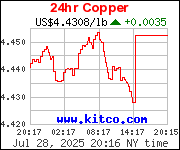


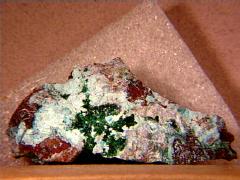

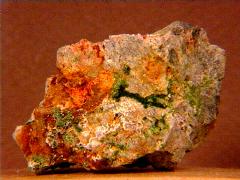
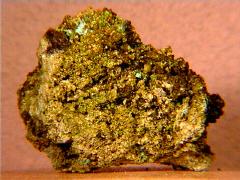
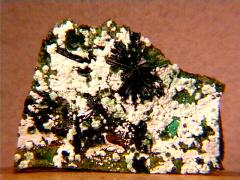
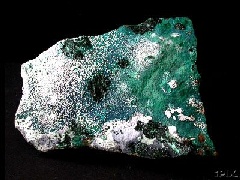


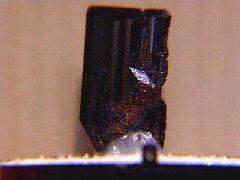
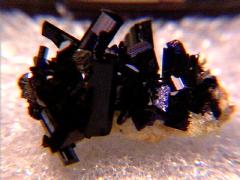
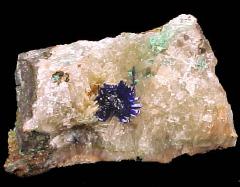


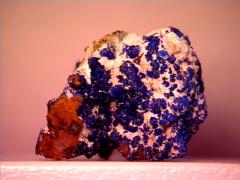






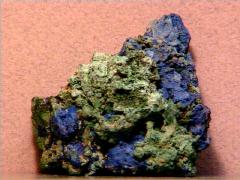

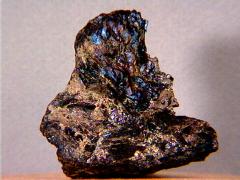




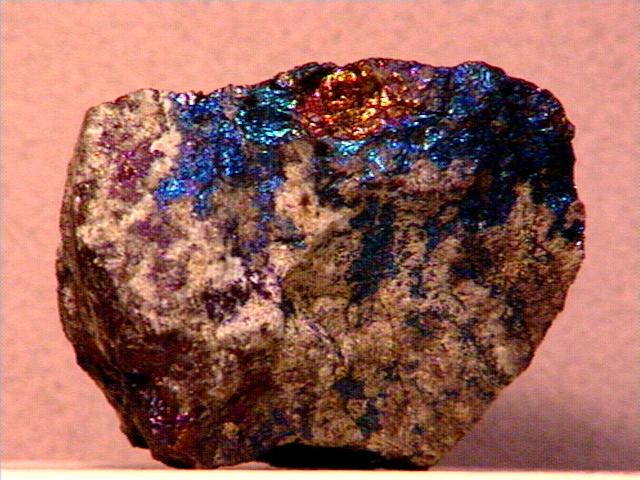


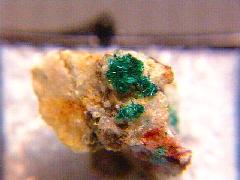
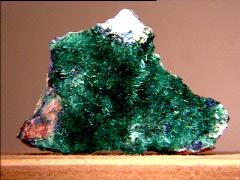






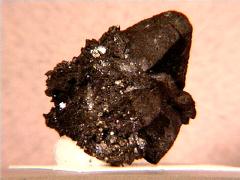
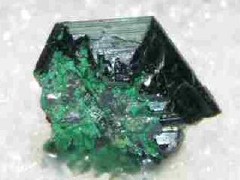
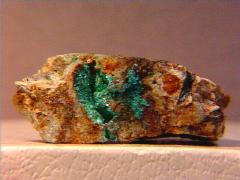

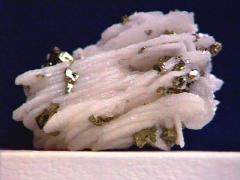
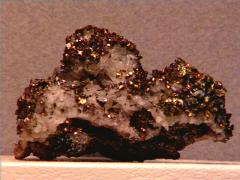

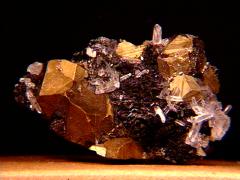
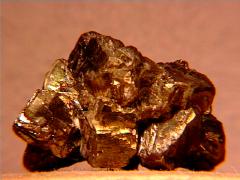




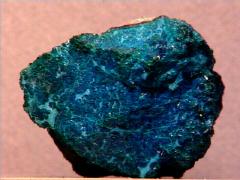
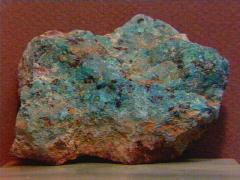


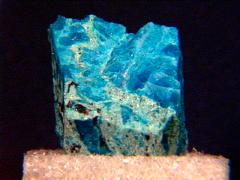
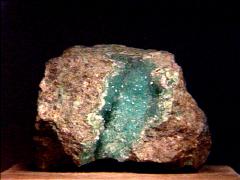
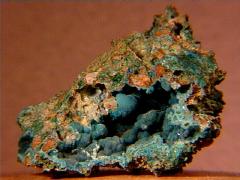
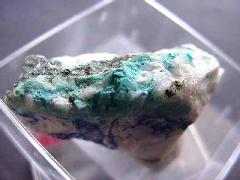
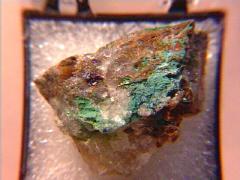
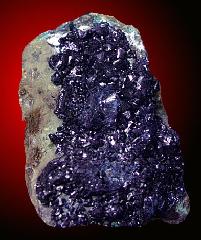
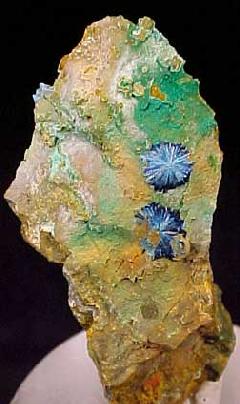
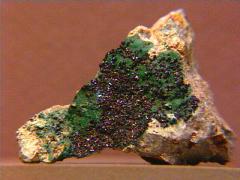

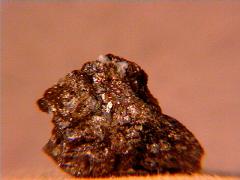
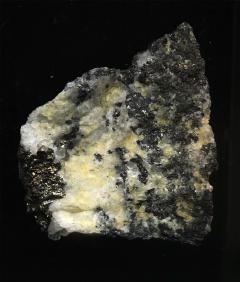






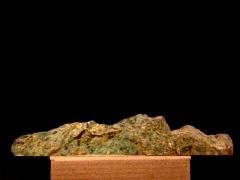



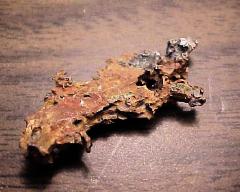
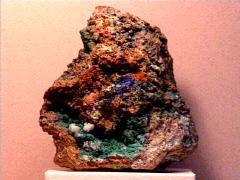


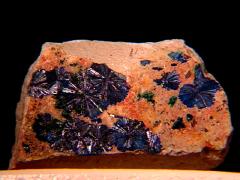
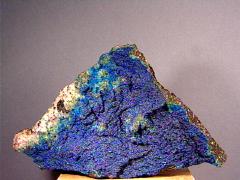

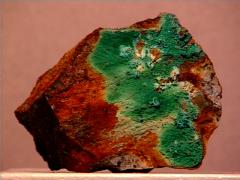


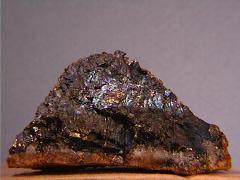
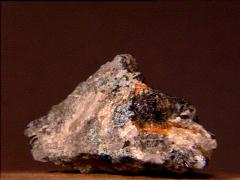


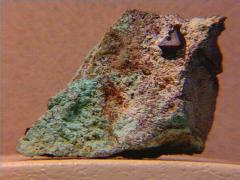


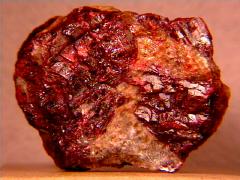
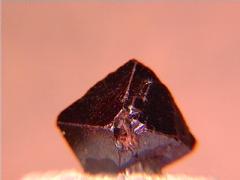

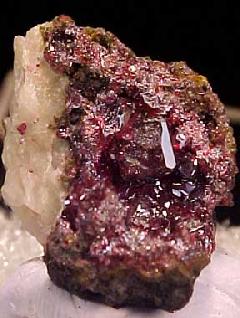


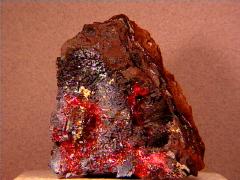


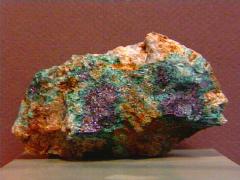

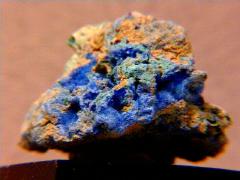

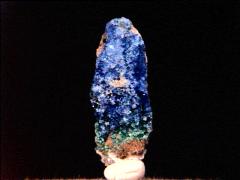




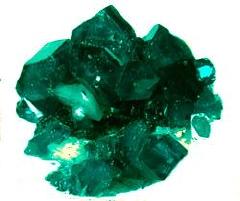



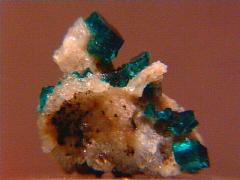








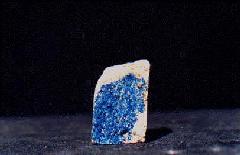


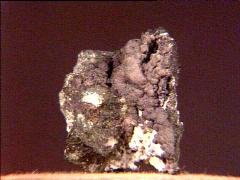
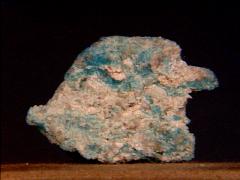
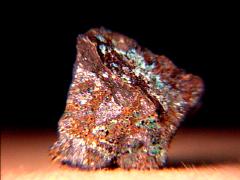





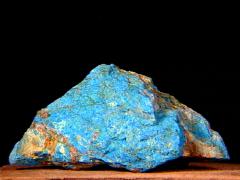

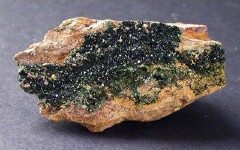


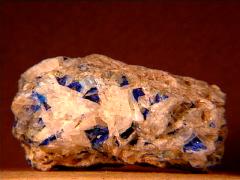
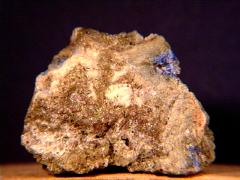


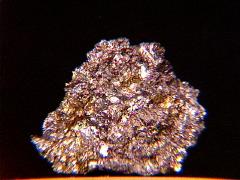
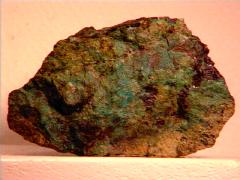
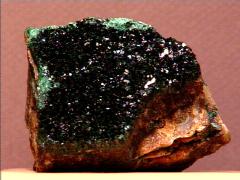
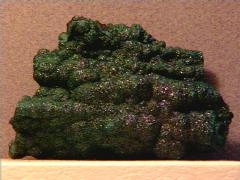




Ya, sort more or buy from suppliers who are sorting more. Copper is going back up especially as the recession ends and homebuilding starts picking up in the USA.
ReplyDelete